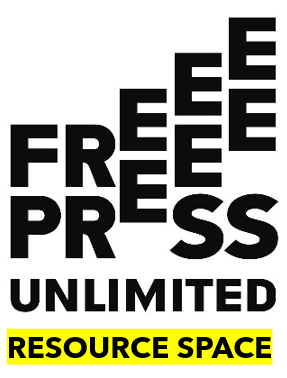This study is about the different funding models of humanitarian journalism and how that changes the news that is produced. The conclusions are that most humanitarian journalism is funded by states or private foundations, however, this is unsustainable as most foundations provide start-up money but not on-going support. Furthermore, in terms of topics that humanitarian reporting addresses, gender was treated in a very narrow way in 2017 as almost no articles looked at specific problems faced by women and girls in relation to the conflicts in, for example, Yemen or South Sudan. Many (largely female) journalists wanted to cover more varied stories about the issues faced by women and girls, but found it hard to get these stories commissioned. Nonetheless, audiences are interested in humanitarian journalism – more than journalists think. Audiences want more investigative reporting and consistent coverage of ongoing crises. Thus there is clearly a demand for more humanitarian journalism, and media outlets should measure this in their audiences and donors should support this – which could support media outlets’ business model.
Authors: Martin Scott, Kate Wright, Mul Bunce
